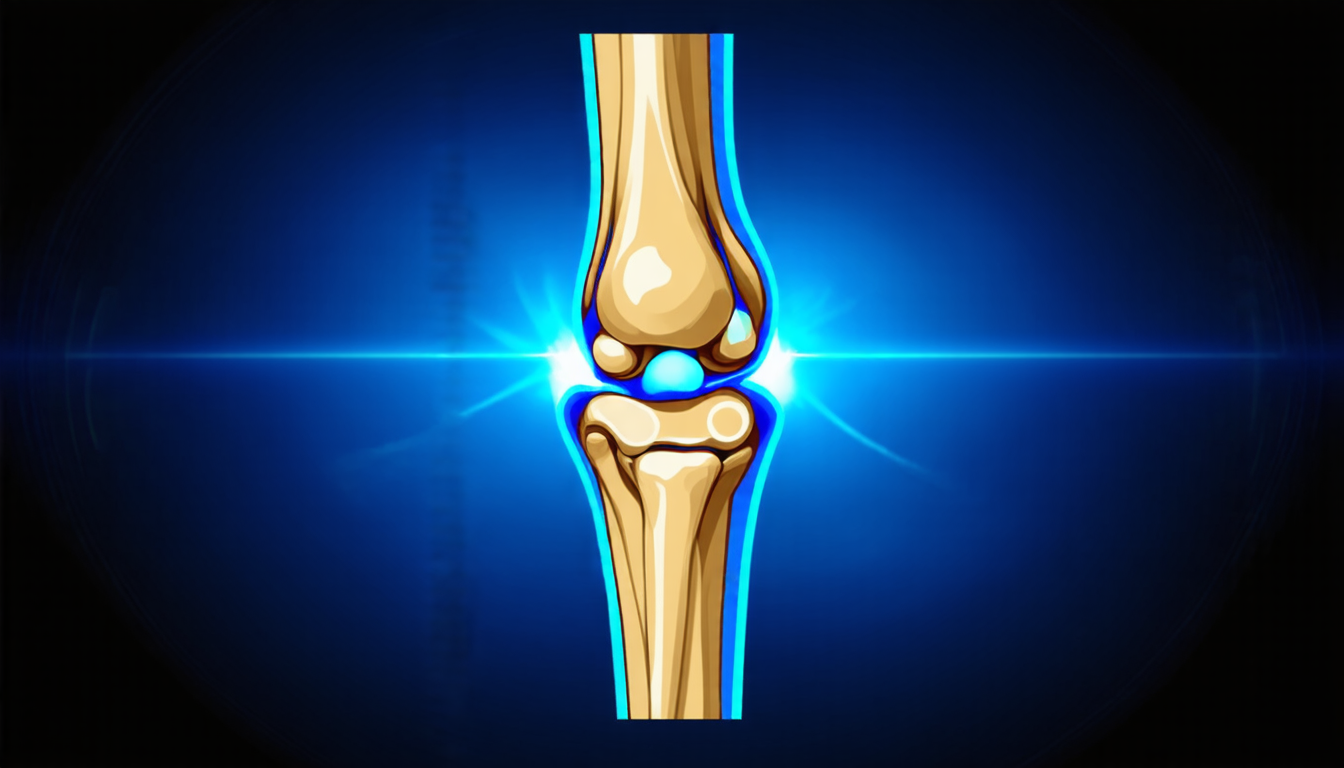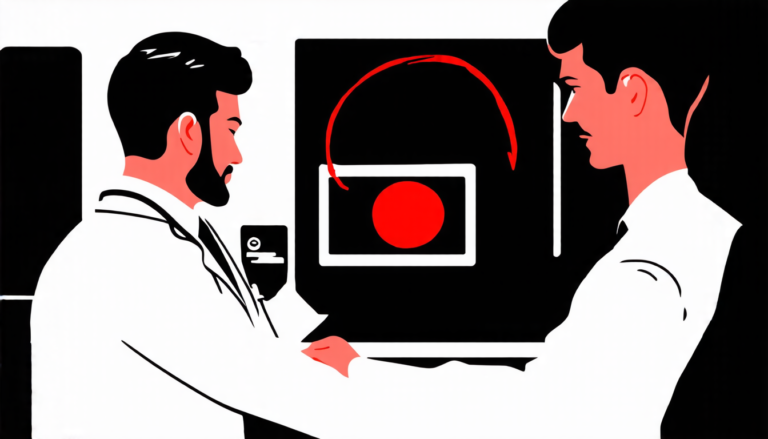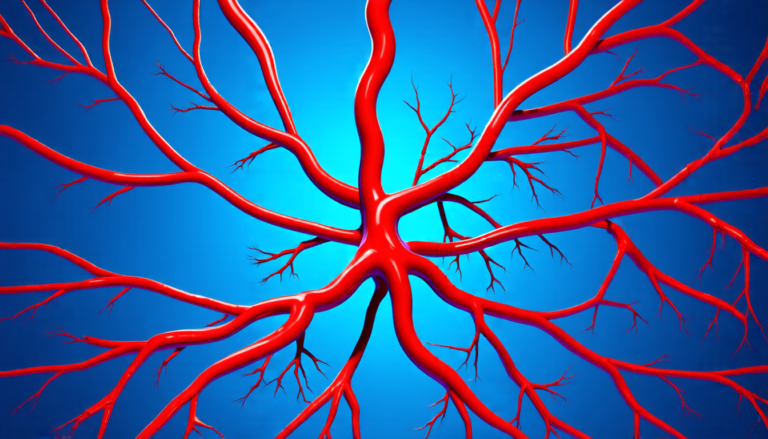Thursday 20 March 2025
A team of researchers has made a significant breakthrough in the field of medical imaging, developing a new method for segmenting tibial plateau fractures on computed tomography (CT) scans. The technique uses a pre-training stage to learn generalizable features from unlabeled data and fine-tunes them with limited labeled data.
Tibial plateau fractures are complex injuries that can be challenging to diagnose and treat. Accurate segmentation of these fractures is crucial for determining the severity of the injury, planning treatment, and monitoring patient progress. However, current methods often rely on extensive annotations, which can be time-consuming and expensive to obtain.
The new method, developed by a team from Shenzhen University, combines masked autoencoder (MAE) pre-training with a fine-tuning stage using a U-Net-like architecture. The MAE is trained on unlabeled CT scans, learning to reconstruct images by predicting missing parts based on contextual information. This process captures both global anatomical structures and fine-grained fracture details.
In the fine-tuning stage, the model is presented with limited labeled data and learns to segment fractures using a combination of Dice loss and cross-entropy loss. The result is a highly accurate segmentation method that can be applied to different datasets, even those with varying imaging protocols and patient populations.
The team evaluated their method on two datasets: an in-house dataset containing 180 CT scans with tibial plateau fractures, and a public pelvic CT dataset with hip fractures. In both cases, the method outperformed semi-supervised learning approaches, achieving higher Dice similarity coefficients and lower average symmetric surface distances.
One of the key advantages of this approach is its ability to learn transferable features from unlabeled data. This means that the model can be trained on a small dataset and then applied to larger datasets with minimal additional training. This could greatly increase the efficiency of medical imaging workflows, allowing for faster diagnosis and treatment.
The team also demonstrated the method’s potential for cross-dataset generalization by pre-training it on the tibial plateau fracture dataset and fine-tuning it on the hip fracture dataset. The result was a highly accurate segmentation model that could be applied to both datasets with minimal additional training.
This research has significant implications for medical imaging, particularly in the field of orthopedic trauma. By developing more efficient and accurate methods for segmenting complex fractures, clinicians can improve patient care and outcomes.
Cite this article: “Accurate Segmentation of Tibial Plateau Fractures on CT Scans using Masked Autoencoder Pre-Training and Fine-Tuning”, The Science Archive, 2025.
Medical Imaging, Tibial Plateau Fracture, Computed Tomography, Segmentation, Deep Learning, Masked Autoencoder, U-Net-Like Architecture, Dice Loss, Cross-Entropy Loss, Orthopedic Trauma







